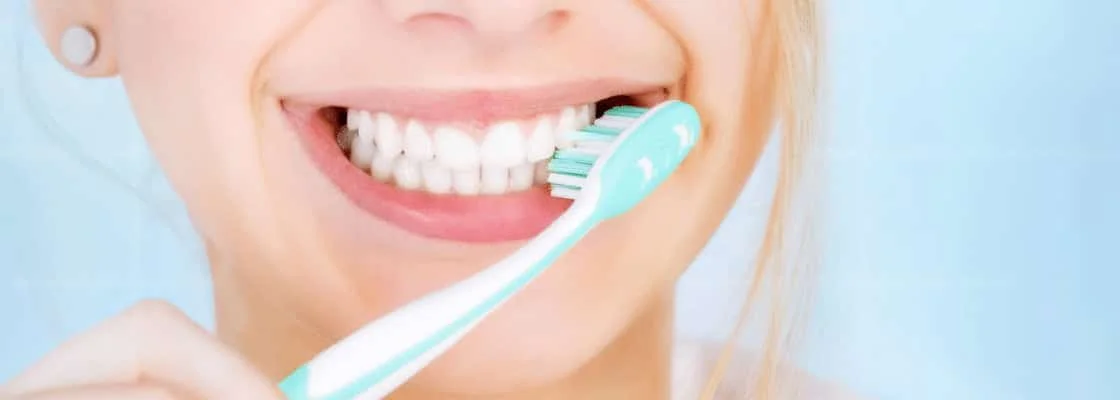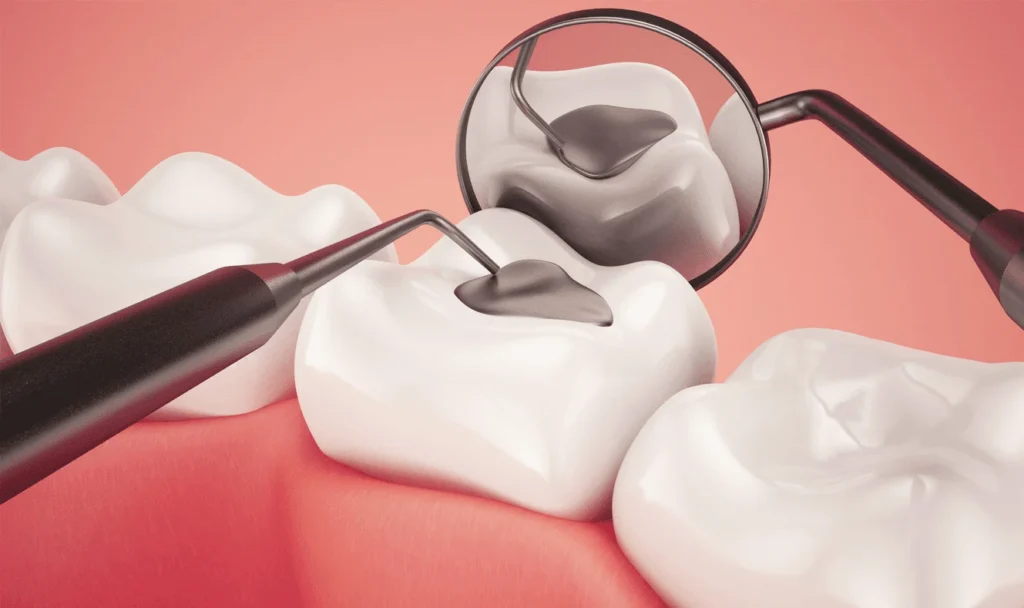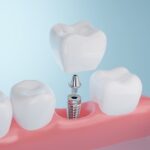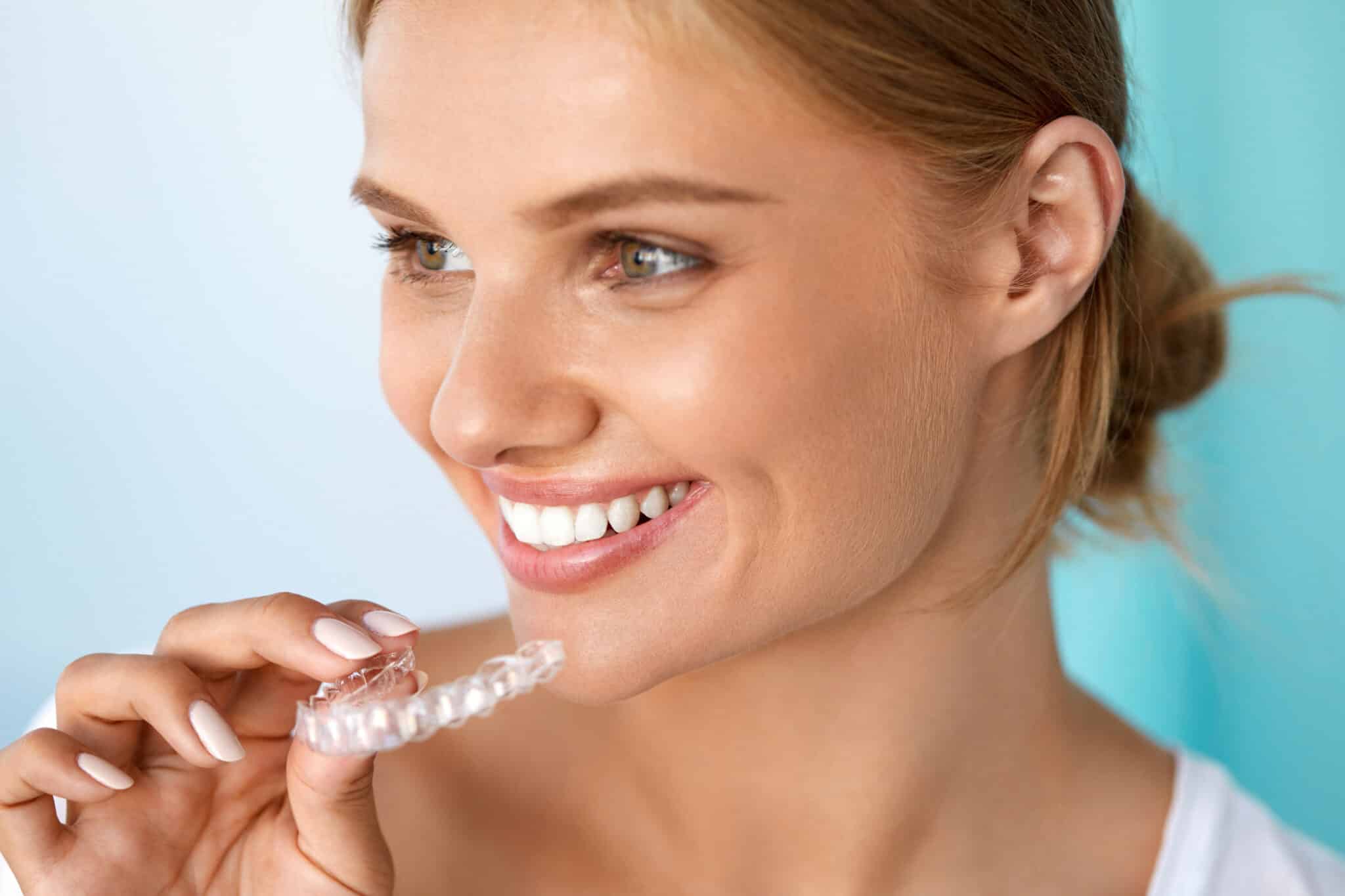Post Op Instructions
Home » Post Op Instructions
Clear Aligners

Wearing Your Aligners
- Aligners should be worn at least 22 hours per day and only removed to eat or drink.
- Insert your aligners by placing them over your front teeth first and working your ways backwards.
- It is normal to feel pressure on your teeth when the aligners are in-that means they are working!
- To remove your aligners, start on the back teeth by placing pressure on the aligner with your finger and easing out from back to front gently.
- Do not bite the aligners in place or use sharp objects to remove them.
During Treatment
- It is normal to have some sensitivity, sore lips or cheeks, grinding, a lisp and an increase in saliva flow during treatment while your body adjusts to your new trays.
- If your trays become lost, cracked or damaged please contact our office.
- Be sure to keep your last set of trays when moving to a new set so you have a back up if needed.


Aligner Care
- Be sure to brush and floss your teeth before inserting aligners.
- Be sure to clean aligners with a toothbrush and non-abrasive toothpaste when removing and before placing back in your mouth.
- You can drink cool water while the aligners are in place but please remove the aligners if you are consuming anything else to avoid damage to the aligners.
Crowns and Bridge
When to Contact the Doctor:
- If you have profuse bleeding that continues for 3-4 hours after applied pressure
- If you are unable to maintain a nutritious diet after 48 hours
- If you have pain or swelling that increased after the third day
- If you have an allergic reaction to medications such as skin rash, hives, elevated temperature, increased or erratic heart rate, nausea/vomiting, dizziness, fainting or blurred vision.
- If the bite feels off after 48 hours
- If your temporary comes out, it is not an emergency but please contact our office within 24 business hours.

General Instructions:
DO NOT eat any hard or sticky foods on your temporary crown or bridge.
DO NOT floss your temporary crown or bridge.
DO NOT eat on your temporary crown or bridge for the first 24 hours.
DO rinse with warm salt water to help with the healing of the gums.
What to Expect:
It is normal for your teeth to be sensitive for several days after treatment. Ibuprofen (Advil) can be the most effective at relieving discomfort.
After your appointment you might find some extra debris of temporary cement that you may rinse out of your mouth.
Temporary crowns are meant to be temporary to allow you the ability to chew and keep your tooth protected while your new crown or bridge is made by our laboratory. It is normal to notice some “texture” on your temporary as it is made from a rougher material and does not reflect what your new porcelain crown or bridge will feel like.
After your final crown is cemented, we offer 1 complimentary post op check and bite adjustment, if needed, within the first 30 days.
Denture
Patient Pathway
1st Appointment
Records appointments consisting of scans, impressions and photos for our laboratory to begin fabrication of your custom dentures
2nd Appointment
Final impression appointment and bite alignment
3rd Appointment
Wax teeth try in/final approval
4th Appointment
Final delivery and adjustment
What to Expect The First 3 Months:
- Dentures are like a new pair of shoes and will require some getting used to. You will need to adjust to chewing, speaking and talking with your new teeth in place. The more you speak and eat with them, the more comfortable they will become.
- Adjustments may be required as the teeth settle into position and “sore spots” can develop. Please keep us posted as your require adjustments. We expect to make 3-6 adjustments during the first 3 months.
If You Are Having Extractions:
As the bone and gums heal after your surgery, we will resurface the underside of your dentures so that better fit your gums. During the first 3 months, we will expect to complete a temporary reline in our office. After the gums have healed completely, we will complete a laboratory reline to fit the healed position of your gums and bone.
Maintenance
Dentures need to be maintained and care for like your teeth. We expect to do a reline of your denture annually. Like tires on a car, the teeth and the dentures will wear over time and require replacement. We recommend exams annually with one of our doctors to complete an oral cancer screening and evaluate the fit of your dentures.
Composite Filling
When to Contact the Doctor:
- If you have profuse bleeding that continues for 3-4 hours after applied pressure
- If you are unable to maintain a nutritious diet after 48 hours
- If you have pain or swelling that increased after the third day
- If you have an allergic reaction to medications such as skin rash, hives, elevated temperature, increased or erratic heart rate, nausea/vomiting, dizziness, fainting or blurred vision.
- If the bite feels off after 48 hours

General Instructions:
DO NOT eat DO NOT eat on the area of your mouth that is numb until the numbness is gone.
DO rinse with warm salt water to help with the healing of the gums.
What to Expect:
It is normal for your teeth to be sensitive for several days after treatment. Ibuprofen (Advil) can be the most effective at relieving discomfort.
After your appointment you might find some extra debris of filling material and bonding that you may rinse out of your mouth.
You may also notice the texture of the filling feels different than your tooth surface did.
Flossing can be tight immediately after your fillings are completed. If this does not improve after the first 48 hours, please contact our office.
After your fillings we offer 1 complimentary post op check and bite adjustment, if needed, within the first 30 days.
Surgery
Implants, Extractions and Grafting
When you Should Notify the Doctor:
- If profuse bleeding continues after 3-4 hours of applied pressure
- If you are unable to maintain a nutritious diet after 48 hours.
- If the pain and/or swelling increase after the third day.
- If you have an allergic reaction to medications such as a skin rash, hives, elevated temperature,increased and/or erratic heart rate, nausea/vomiting, dizziness/fainting or blurred vision.

General Instructions:
DO NOT rinse for at least 24 hours after the surgery. When you do rinse tomorrow, rinse with lips apart. Sloshing only.
DO NOT exercise or do heavy lifting for 3 to 5 days after the surgery
DO NOT smoke
DO NOT use mouthwash that contains alcohol, eat overly acidic foods, crunchy foods or use mints.
DO NOT do anything that creates suction in your mouth, like drinking through a straw, playing a wind instrument or snorkeling.
DO NOT touch, lick or look at the surgical area. Do not pull at cheeks.
DO NOT have any facial massages for at least 3 weeks.
DO NOT wear any bite appliance or tray unless instructed to do so.
DO NOT use electric toothbrush or floss surgical area after grafting procedures. Only brush with prescribed toothbrush after instructed by office at your post op appointment
What to Expect Following Surgery:
Bleeding
To slow or prevent bleeding, bite with light pressure on the gauze pack that has been placed over the surgical area. Pressure should be applied in 20 to 30 minute intervals and repeated until the bleeding is brought under control. If bleeding persists without slowing for several hours apply a gauze soaked in strong tea and repeat the above steps until the bleeding stops. Exercising and heavy lifting will raise your blood pressure and will dislodge the blood clot and bleeding will resume. Avoid exercising for three to five days following the surgery.
Swelling
Prevent and/or minimize swelling apply ice packs at 10-minute intervals to the surgical area. After 72 hours apply warm compresses to the area to relieve swelling. Swelling is a natural part of the healing process and can be expected for 3 days to several weeks depending on the nature of the surgery.
Discomfort
Following most surgical procedures there may be pain, depending on your threshold for pain. You will be Provided with medication for discomfort that is appropriate. In most cases, a non-narcotic pain regimen will be given consisting of Acetaminophen (Tylenol) and Ibuprofen (Advil). These two medications, taken together, will be as effective as a narcotic without any of the side affects associated with narcotics. If a narcotic has been prescribed, follow the directions carefully. If you have any further questions about these medications interacting with other medications you are presently taking, please call our office first, your physician and/or pharmacist. Expect cold sensitivity can last for 6 weeks or longer
Whitening
For BEST results after your Teeth Whitening you must follow the instructions below

Avoid dark foods such as coffee, tea, red wine, blueberries, curries, marinara sauce,
dark sodas or any other dark pigmented food or drink. Anything that can stain your
Tupperware will likely stain your teeth! AVOID DARK FOOD AND DRINKS FOR 24 HOURS
Be sure to use your take-home whitening pen. Use for a minimum of two weeks nightly to optimize results and continue to use as needed to touch up the teeth when you begin to see staining. For best results use for 4-6 weeks. Your take home pen will provide up to 60 nightly applications if used as instructed. Be careful not to overfill the applicator brush! Once it’s saturated it will be good for 3-4 uses before having to fill it again.
Follow the home care whitening pen instructions:
- Saturate pen brush by twisting the base (you may need to twist up to 60 clicks before you see the gel bubble up in the middle of the bristles).
- Brush whitening gel onto the teeth and insert the in-office treatment tray into the mouth to keep the tongue off the teeth. Relax jaw and lips.
- Leave your tray in for 20 minutes, remove and rinse tray and mouth with warm water.
Have your teeth whitened immediately following each cleaning appointment or sooner if desired. Using the home care pen will help maintain the white smile you desire between appointments. Results will vary from person-to-person.
